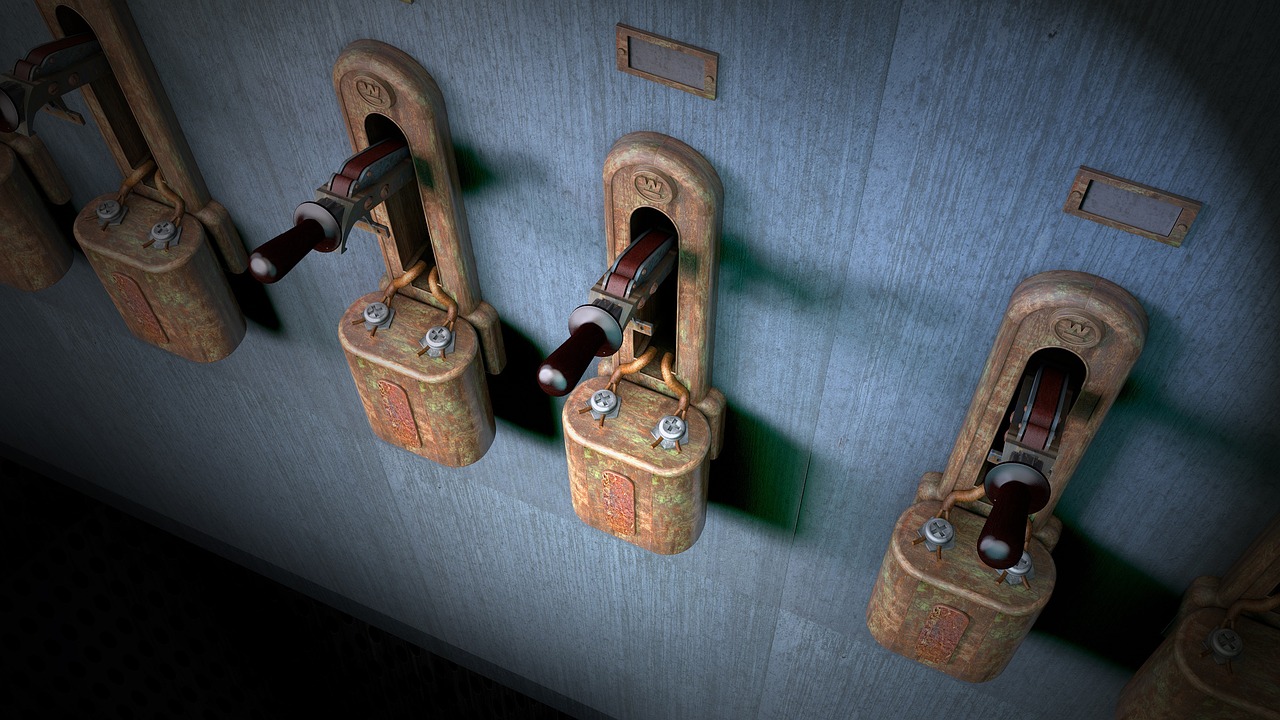In the summer, Capify reported the results of their latest survey, showing that cashflow and cash reserves are key business concerns for SME business owners. Over half of SME leaders surveyed said that cashflow was a concern with 38% saying it was a serious concern, keeping them awake at night. On the flip side, 60% of SMEs expected turnover and employment to increase over the following 12 months. Business growth and cashflow struggles are difficult bed-fellows. Indeed the latest data from the ONS, suggests that the summer optimism has not been realised. The evidence also suggests that cashflow remains a major concern, as the economic downturn leads to reduced sales, slower payment from customers and inflation causes expenses to increase. The majority of business owners, particularly those of smaller and less established businesses, are pessimistic of securing external finance to see them through their cashflow struggles. In this scenario there are a number of steps you could take to improve cashflow:
1. If you don’t already have one, create a cash flow forecast. This is a projection of your expected cash inflows and outflows over a specific period of time, such as a month or a quarter. A cash flow forecast can help you anticipate potential cash flow shortages and take steps to address them.
2. Monitor your accounts receivable and accounts payable. Keep track of the money that is owed to your business, as well as the money that your business owes to others. Take steps to collect payments from customers promptly, and try to negotiate longer payment terms with your suppliers.
3. Reduce your inventory or work-in-progress levels. It’s not unusual for stock levels to increase when cash is not so tight to accommodate those unexpected spikes in demand from customers. Now is a good time to look at what stock you have and start to reduce it to the essential, bringing in extra cash from paid for goods.
4. Review and reduce your expenses. Look for ways to cut costs and reduce your spending, without sacrificing the quality of your products or services. This can help you free up cash to cover your expenses and maintain a healthy cash flow.
5. Communicate with your customers and suppliers. Keep them informed of your financial situation and any changes you are making to your business in response to the recession. This can help to maintain good relationships and support your efforts to manage cash flow.
6. Consider alternative sources of financing. If your business is struggling to generate enough cash, and your traditional banking partner is unwilling to help, you may need to seek additional funding from sources such as loans, investors, or government programs. A cashflow forecast and a clear plan for managing receivables, payables and inventory may help financiers make a more favourable decision.
7. Use software or tools to automate and streamline your financial processes, making it easier to monitor and manage your cash flow.
Taking steps to manage cashflow means prioritising those actions that will make a difference and measuring the results to know it is effective. Cash in the bank is an obvious way to measure the overall health of the business, but it’s a lagging indicator. It’s like taking the pulse of a dying man – you know the pulse is weak and fast, but that doesn’t tell you why they’re dying and how to save them. Likewise, it’s important to measure the key drivers of cashflow, not just cash in the bank. Similarly, a cashflow forecast will help, but only tells you part of the story. Fortunately, there are only seven drivers that really matter when it comes to improving operational cashflow – seven levers to operate. This handy cashflow improvement calculator lets you take the pulse of your business and identifies which levers will most effectively improve cashflow.
By taking steps and staying focused on managing your cashflow, you can help your business weather the challenges of inflation and recession and emerge in a stronger position.
